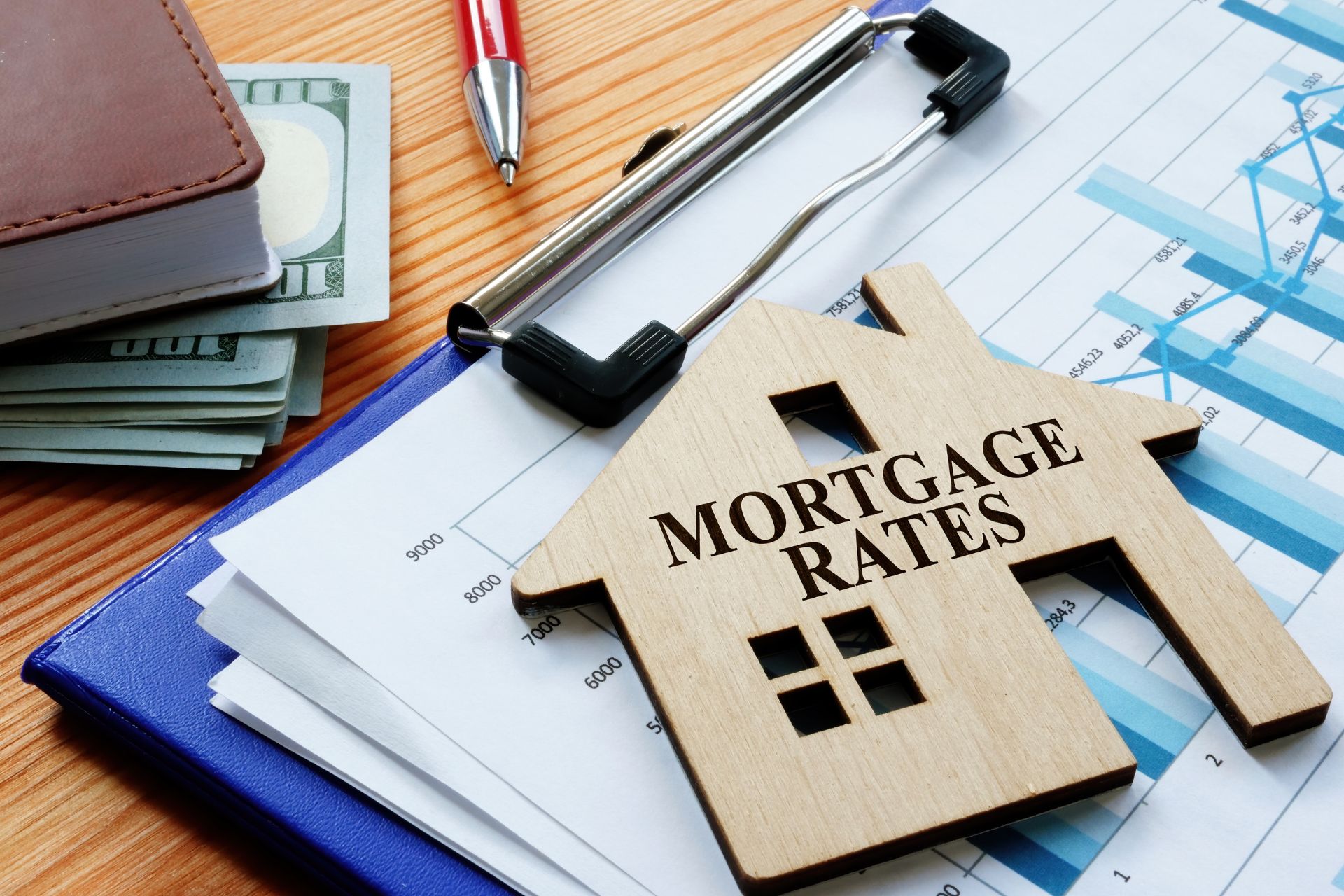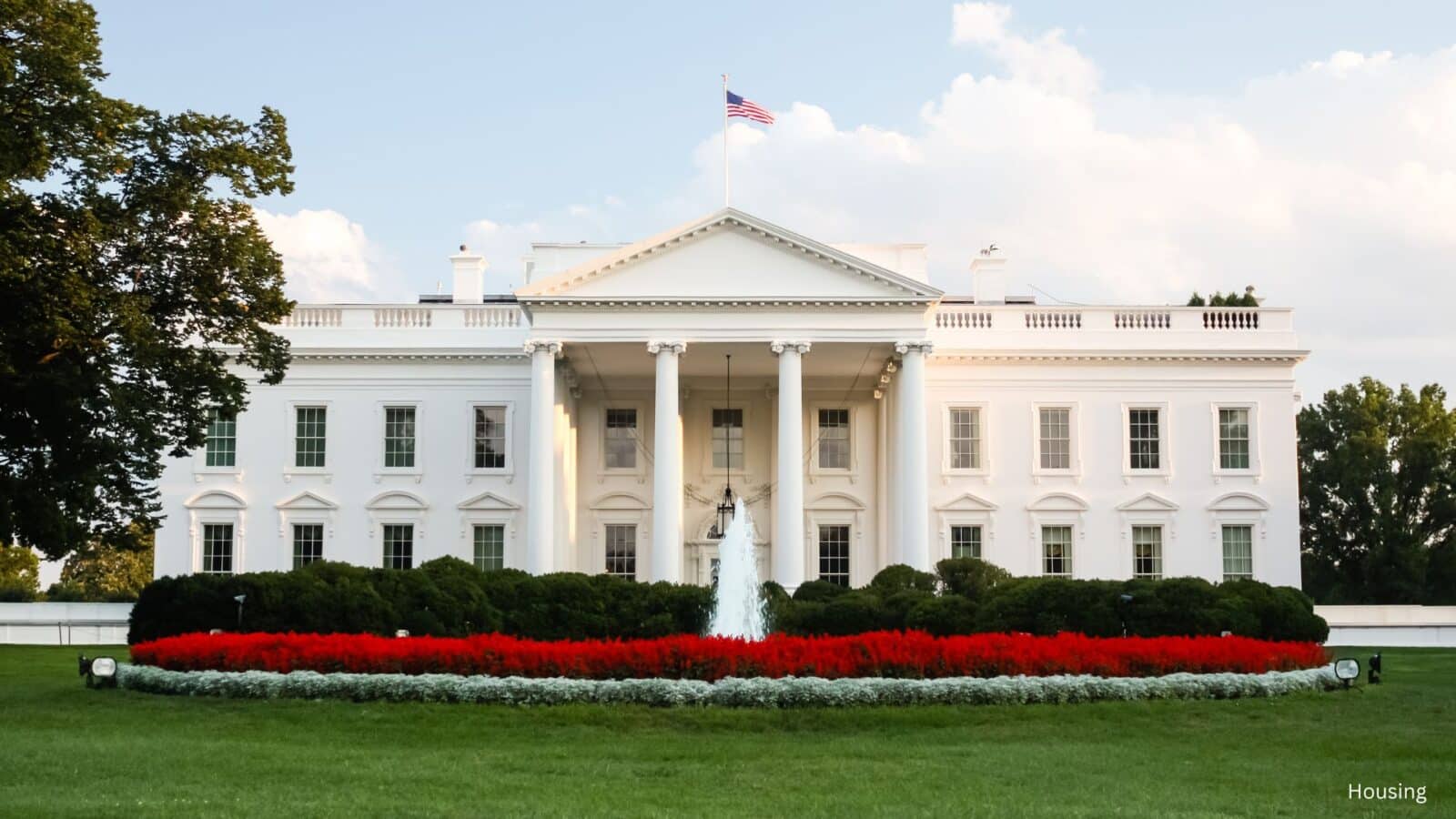The Trump presidency has returned, bringing significant focus on how the administration’s policies may shape the housing market. With Donald Trump’s recent election as the 47th president of the United States, many are speculating on how his administration’s proposed economic policies will impact housing affordability, mortgage rates, and housing supply.

Trump’s Goals for the Housing Market
President Trump has outlined a vision focused on expanding affordable housing by increasing supply and cutting regulatory barriers. As BAM reports, Trump’s approach includes opening up federal lands for housing development to address the nation’s housing shortage. This move could ease the pressure on housing supply, particularly in areas with land constraints. However, these developments could face challenges in reaching urban areas where demand is highest due to local regulatory obstacles.
Reducing Regulatory Barriers
To drive down housing costs, Trump aims to cut back on regulatory burdens, especially around zoning and environmental restrictions. According to BAM, Trump argues that these regulations drive up construction costs and delay projects. By eliminating certain restrictions, he hopes to make building homes more affordable and efficient. Critics worry that easing regulations may compromise safety and sustainability in construction, and the impact of this strategy will depend on local support and enforcement.

Impact on Mortgage Rates
Although the president does not directly control mortgage rates, Trump has pledged to lower them indirectly through his economic policies. NBC News highlights that Trump’s plans for economic growth could influence mortgage rates positively. While economists agree this could be challenging without specific monetary policy changes, there is potential for Trump’s fiscal policies, such as corporate tax cuts, to contribute to an environment with favorable mortgage rates.
Immigration and Housing Demand
Trump’s immigration policies are also expected to influence housing availability and prices. His administration has proposed limiting mortgage access for undocumented immigrants, arguing that this will free up housing resources for U.S. citizens. However, as NBC News reports, deportations on a large scale could impact labor in sectors like construction, which already faces a worker shortage. The National Association of Home Builders (NAHB) warns that this approach could worsen the affordability issue by further reducing the labor supply essential for home construction.

Potential Support for First-Time Homebuyers
Trump has also mentioned plans to support first-time homebuyers, possibly through tax credits or other incentives similar to past federal programs. These initiatives aim to encourage homeownership among younger and lower-income Americans who struggle with high home prices and elevated interest rates. While specific details remain unclear, these measures could provide essential support to new buyers if implemented.
Trump’s Tariffs and Their Economic Impact
One of the more controversial elements of Trump’s policy agenda is the implementation of tariffs on imported goods. Trump’s proposal to place tariffs on imports from countries like China could lead to higher costs for goods, potentially affecting homebuilding materials. According to IFA Magazine, while tariffs aim to protect American jobs, they can drive up prices on essential goods, such as construction materials, which would counteract efforts to lower homebuilding costs.

What This Could Mean for Real Estate Professionals
As Trump’s housing policies roll out, real estate professionals may play a more active role in promoting housing affordability locally. BAM’s Byron Lazine emphasized the importance of agents being involved in housing issues at the community level, as they can influence local housing policies and provide insights to policymakers about affordability challenges.
A Mixed Outlook for the Housing Market Under a Trump Presidency
The Trump presidency brings both opportunities and challenges for the housing market. While the administration’s focus on increasing supply and reducing regulatory burdens may support affordability efforts, other factors, such as immigration policy and tariffs, could have mixed effects on the broader housing landscape. The impact of these policies will unfold as Trump’s administration puts its housing agenda into practice, and the real estate market adjusts to a new era of leadership.
Related posts:
 Affordable Rental Provider Repays $710K to Arlington County
Affordable Rental Provider Repays $710K to Arlington County
 Northern Virginia Housing Market – March 2023
Northern Virginia Housing Market – March 2023
 Supply Skepticism: The Complex Puzzle in US Housing 2023
Supply Skepticism: The Complex Puzzle in US Housing 2023
 Mortgage Rates Drop Below 7%: A Ray of Hope for the Housing Market?
Mortgage Rates Drop Below 7%: A Ray of Hope for the Housing Market?
 Buffalo Housing Market: A 2024 Success Story of Growth and Affordability
Buffalo Housing Market: A 2024 Success Story of Growth and Affordability



